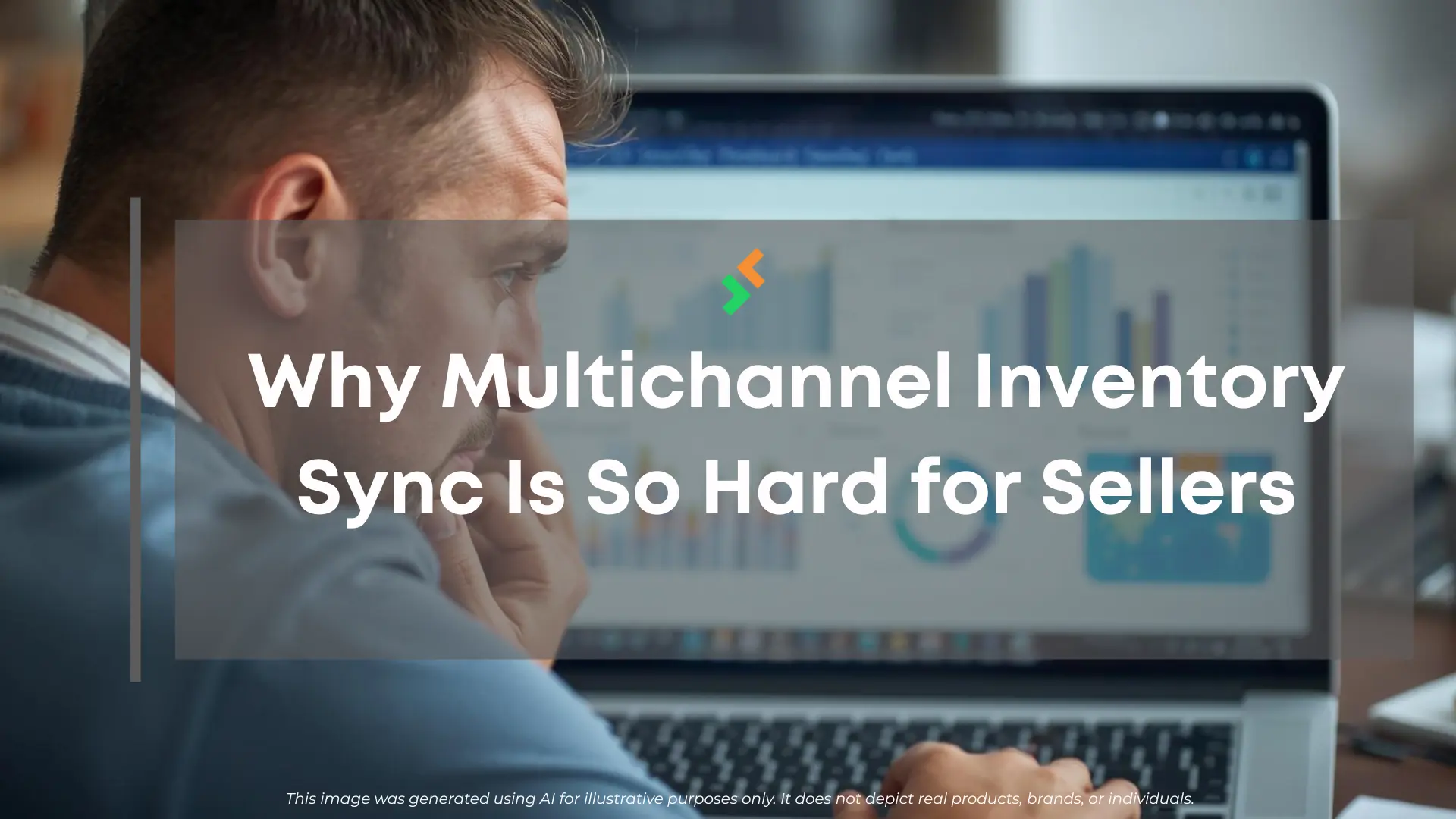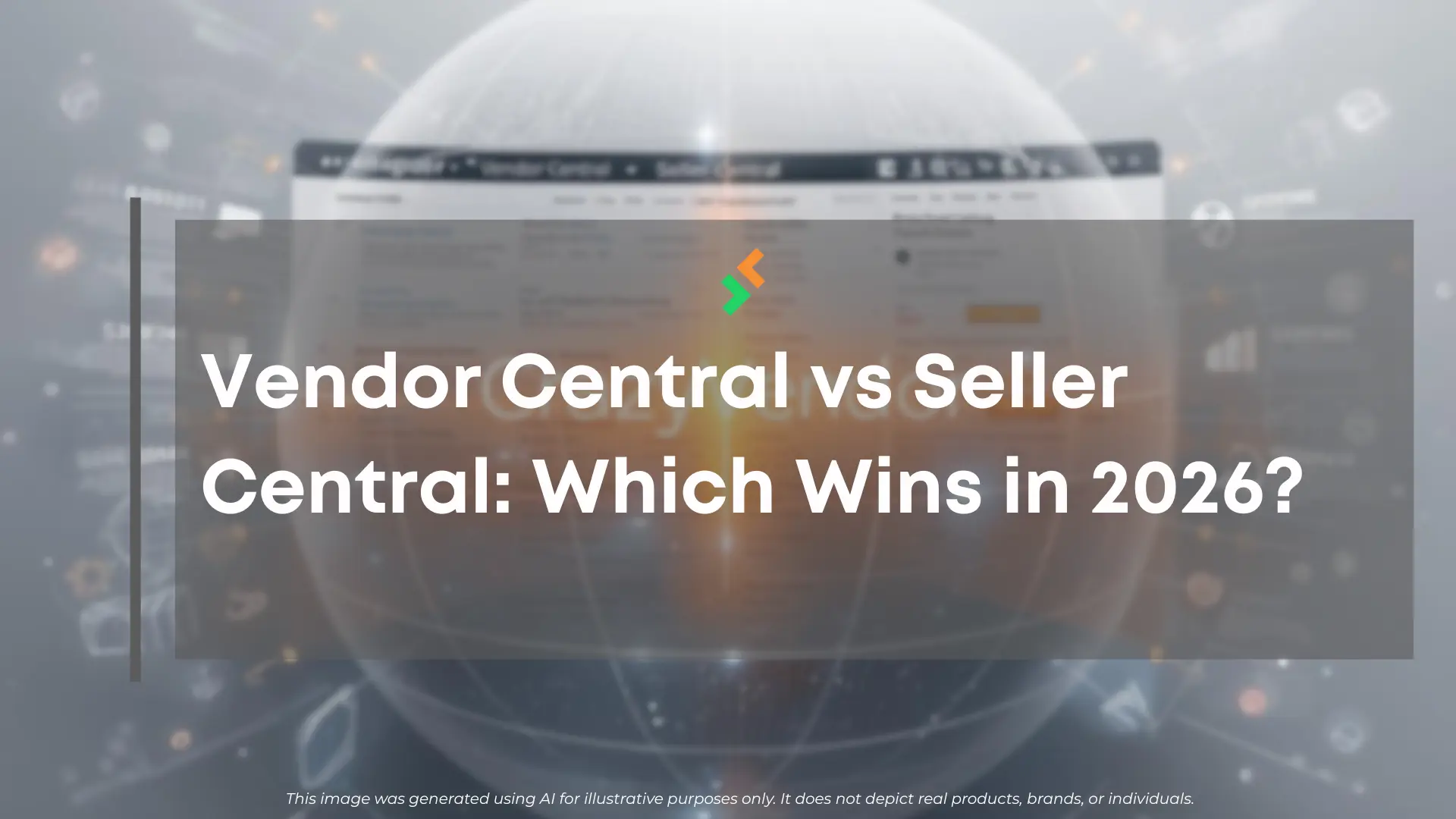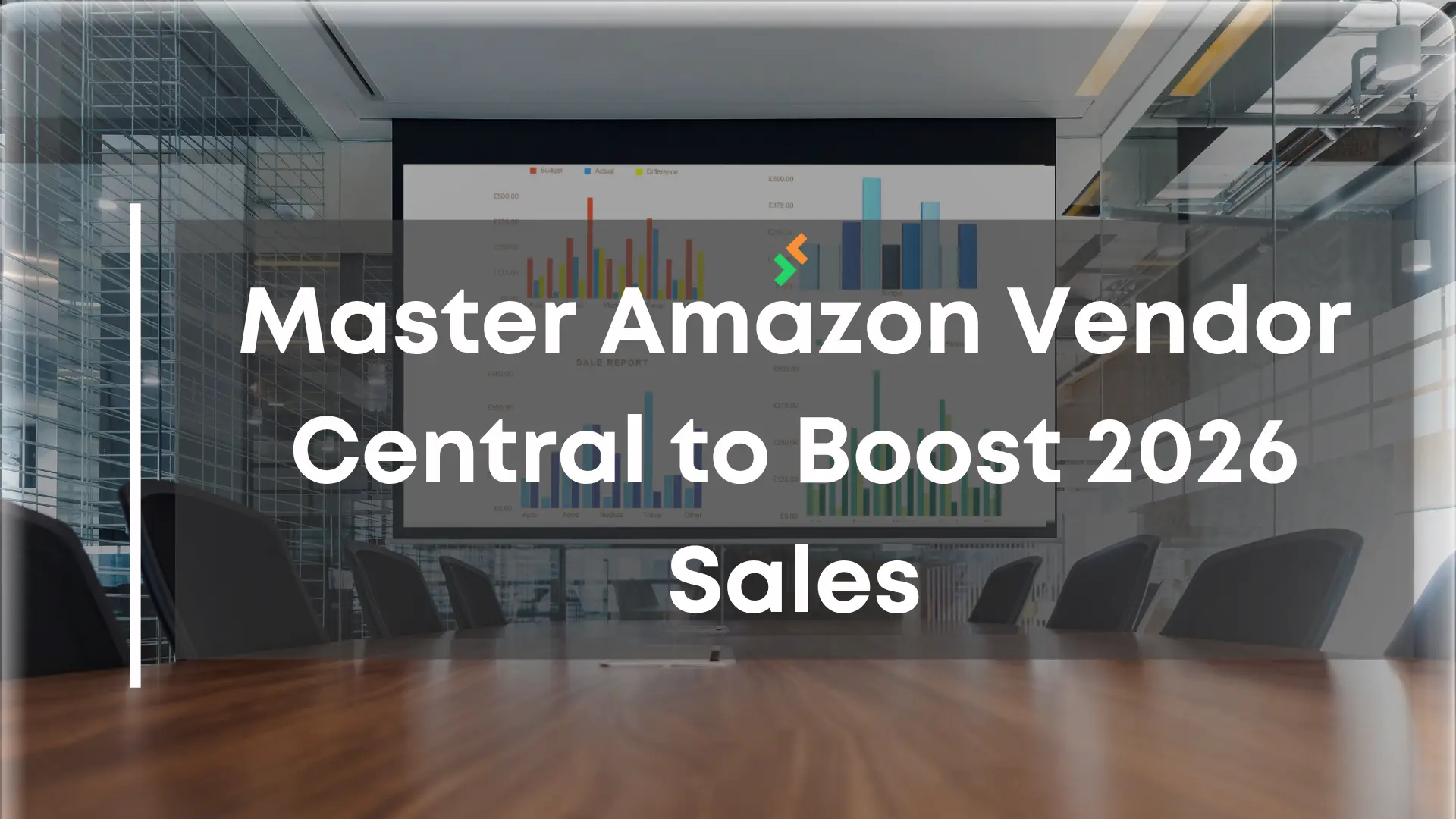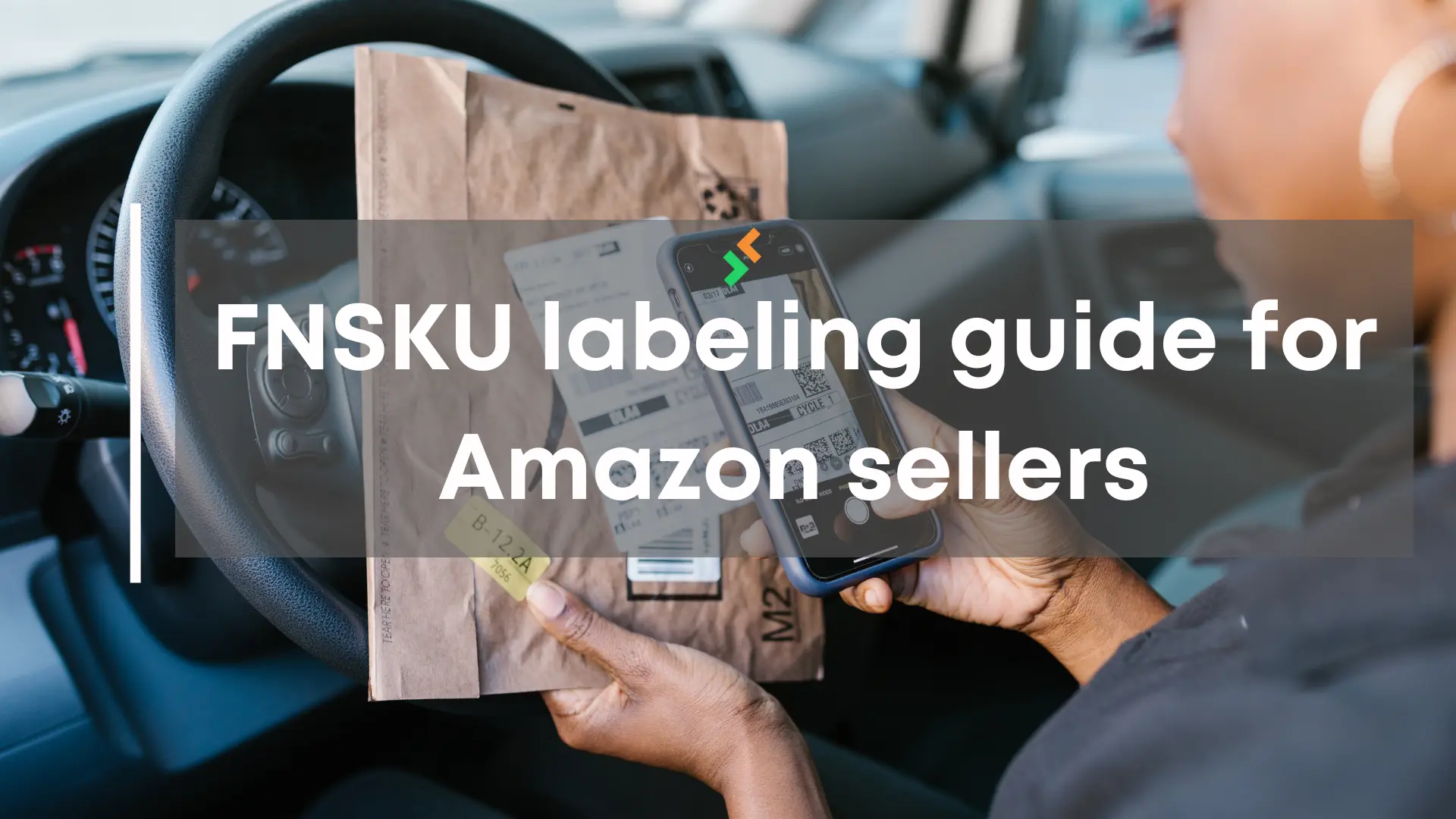
Did you know that businesses using multichannel selling can reach up to 80 percent more customers than those relying on a single platform?
Buyers now browse everything from online marketplaces to social media and physical stores, so being present everywhere matters more than ever.
Understanding what makes each channel unique helps sellers connect with shoppers where they prefer to buy, creating stronger brands and wider reach.
Table of Contents
Defining Multichannel Selling in E-commerce
Multichannel selling is an e-commerce strategy that allows sellers to offer products across several sales platforms simultaneously. According to Ecommerce Bridge, this includes online marketplaces, social media, branded websites, and even physical stores.
By diversifying across multiple channels, sellers reduce dependency on one platform and maximize revenue potential. Research from Engati shows that the key advantage is presence.
Sellers can meet buyers where they shop most often, building convenience and trust at scale.
Key characteristics of multichannel selling
- Product availability across multiple platforms
- Flexible customer purchasing options
- Lower risk through channel diversification
- Enhanced brand visibility
For deeper insights, explore Mastering Multichannel Ecommerce: Strategies and Solutions for advanced methods to grow across platforms.
Common Sales Channels and Their Differences

Marketing channels connect producers with potential customers in different ways.
As Wikipedia explains, they can range from direct sales to indirect routes through wholesalers and retailers. Online marketplaces such as Amazon and Walmart are now dominant because they combine massive audiences with streamlined logistics.
To learn more about channel management, read Top 5 Differences Between Warehouse Sites and Sales Channels.
How Multichannel Selling Works in Practice
Multichannel selling transforms how businesses distribute products.
According to Productsup, sellers list products across multiple channels to increase exposure and diversify income streams. This approach demands consistent pricing, unified product data, and accurate inventory tracking.
The most successful sellers integrate automation systems that link listings, orders, and customer service. Tools like Multichannel Listings and Inventory Management inside CrazyVendor make it easier to update products across Amazon, Walmart, and Shopify in real time.
For advanced operations, see Best CRM Tools for Multichannel eCommerce Sellers 2025.
Benefits and Challenges for Sellers
Multichannel selling opens more revenue paths while introducing operational complexity.
Research from GoDaddy and Practical eCommerce shows that sellers gain stronger brand visibility and higher customer loyalty when they manage consistency across platforms.
Benefits
- Wider audience reach
- Higher revenue potential
- Better customer engagement
- Diversified risk
Challenges
- Coordinating inventory accuracy
- Maintaining price consistency
- Handling complex logistics
- Ensuring unified communication
To understand platform-specific pros and cons, read Walmart Marketplace vs Amazon: The Pros & Cons You Can’t Ignore.
Integrating Inventory, Orders, and CRM Automation
Automation is the core of modern multichannel success. Research from academic sources and advanced AI studies confirms that intelligent systems improve efficiency by synchronizing product data and reducing manual errors. Order Management, Customer Service Management, and Profit Analytics work together inside CrazyVendor to simplify daily tasks.
New in 2025: Multi-Channel Fulfillment
In 2025, CrazyVendor introduced its Multi-Channel Fulfillment Software — giving sellers the power to manage shipments between platforms like Amazon, Walmart, and Shopify from one dashboard.
This feature connects warehouses, tracking systems, and carriers for faster, more accurate deliveries.
By integrating fulfillment, inventory, and automation, sellers gain real-time insight into where every product moves, which improves accuracy and speeds up delivery.
Simplify Your Multichannel Selling Journey Today
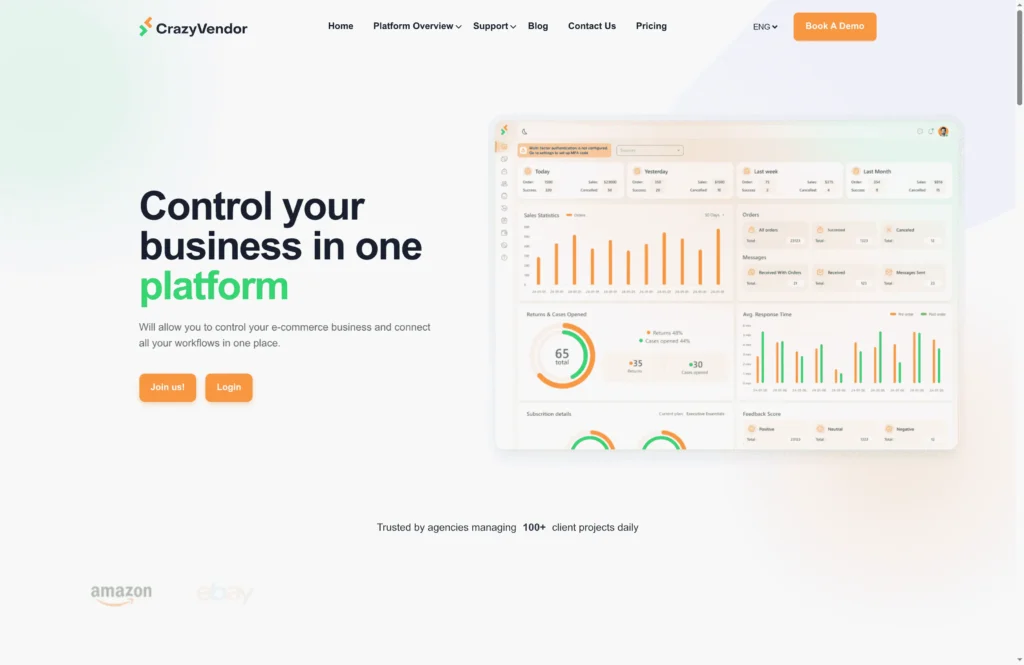
Multichannel selling creates opportunity — and complexity.
With Multi-Channel Fulfillment, Order Management, and Inventory Management, CrazyVendor keeps every part of your operation in sync.
The platform is now also available on Shopify, making it even easier for sellers to automate order syncing, fulfillment, and customer communication directly inside their store.
Whether you sell on Shopify, Amazon, or Walmart, CrazyVendor unifies your business into one connected system — helping you scale confidently into 2026.
FAQs on Multichannel Selling in E-commerce
What is multichannel selling in e-commerce?
It is a selling strategy where products are offered across several platforms such as online marketplaces, social media, and retail store,s to reach more customers.
What are the benefits of multichannel selling?
It increases audience reach, revenue potential, and brand visibility while lowering risk from depending on one platform.
What challenges do sellers face?
Sellers need to handle inventory accuracy, pricing alignment, and communication across different platforms while maintaining efficiency.
How does automation improve multichannel operations?
Automation synchronizes inventory, orders, and customer data, making it easier to scale without errors.
What’s new from CrazyVendor in 2025?
CrazyVendor’s new Multi-Channel Fulfillment feature connects shipments between marketplaces, and the Shopify app helps sellers automate workflows from inside their store.
Related Reading
- Mastering Multichannel Ecommerce: Strategies and Solutions
- Best CRM Tools for Multichannel eCommerce Sellers 2025
- Top 5 Differences Between Warehouse Sites and Sales Channels
- Walmart Marketplace vs Amazon: The Pros & Cons You Can’t Ignore
- The Intersection of Marketing and Inventory Management
You can also follow us on social media for more e-commerce insights and updates



